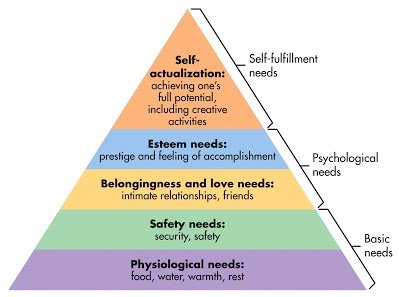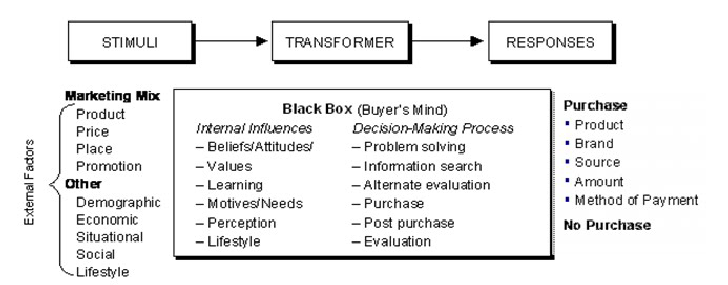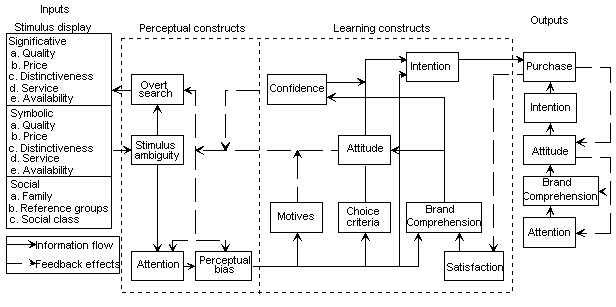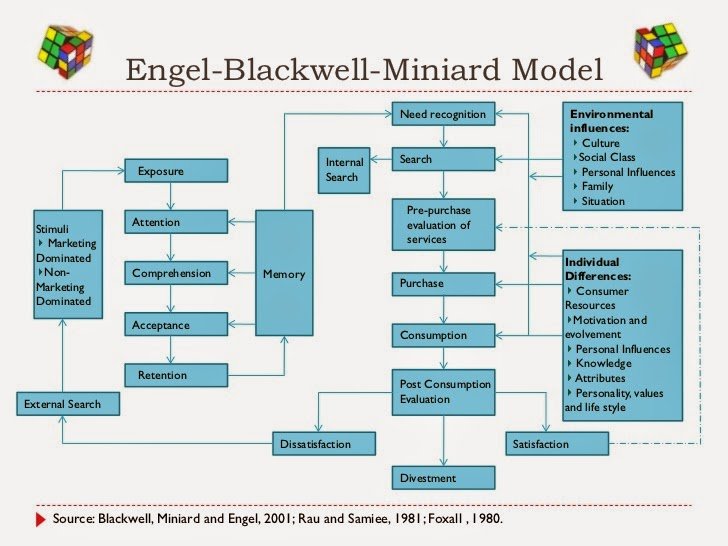Consumer Perception
Consumer Perception is a marketing concept that tells us what Consumer think about a brand or a company or its offerings. It can be positive or negative feelings, perceptions, inhibitions, predispositions, expectations or experiences that a customer has.
A marketing concept that encompasses a customer’s impression, awareness and/or consciousness about a company or its offerings. Customer perception is typically affected by advertising, reviews, public relations, social media, personal experiences and other channels.
If you understand the concept of Consumer perception, you will figure out that it is arguably the most important factor that decides the success of a brand, product or a company as a whole. How a particular brand or company is positioned also plays a vital role in this. The characteristics of a brand and its personality play a big role.
If we look at the company Apple, we can see that the company is positively perceived by most of its customers. In fact, there are die-hard fans of Apple. The reason being that the company has been repeatedly innovative, it has good performing products which make a connect with their customers. As a result, Apple is one of the consistently top performing brands across the world.
Customer Perception decides how much a product sells and how a company is perceived.
Factors deciding customer perception
In general, customer perception can be influence by a lot of factors. Some of the major factors are
(i) Consistency of performance
How has the brand performed in the past and how it is performing currently.
(ii) Emotional Connect
Superb brands know that emotional connection with the customer is critical to brand development.
(iii) Marketing Communications
How the brand communicates with the customers using the various media vehicles.
(iv) Holistic Marketing
A brand cannot be excellent if it has good sales staff but pathetic support staff. A brand has to be a good all rounder and satisfy customers from all its touch points.
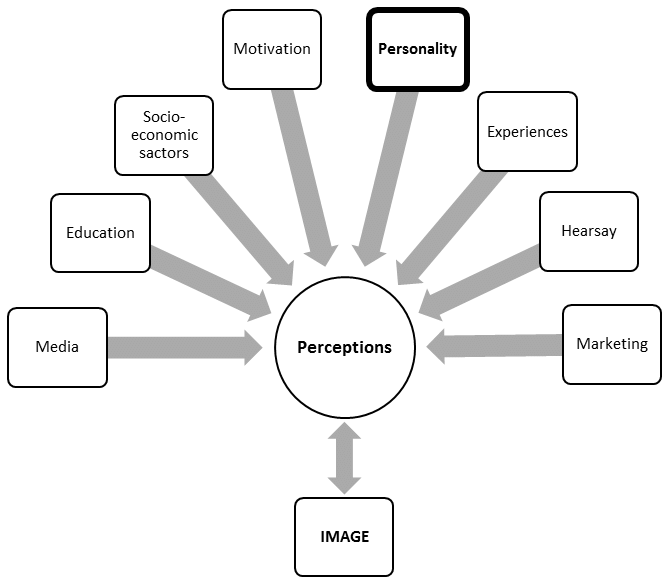
Importance of Consumer Perception
When customers buy your products, they purchase much more than physical objects. Successful marketing involves building a brand with sensory and emotional triggers and then working daily to reinforce the image that your brand triggers in the hearts and minds of customers.
The consumer perception that can make or break your brand may be carefully cultivated through clever and effective advertising. Changes in consumer perception of brands can also spring seemingly out of nowhere, as when the Hush Puppies shoe brand became a fad during the ’90s with little engineering from the company itself.
Whether your company has painstakingly fostered customer perception or had the great fortune to unwittingly benefit from it, the importance of your brand’s reputation should never be underestimated.
(i) Importance of Marketing and Action
Successful marketing is a process of reaching out to customers through advertising, selling strategies and the product itself to create an impression that inspires loyalty. However, that impression is unlikely to endure unless you work hard to maintain it. The outdoor apparel company L.L. Bean has a return policy of replacing any product that a customer returns for any reason, regardless of how long it has been worn. This policy surely costs the company extra when unscrupulous customers choose to take advantage and return items that have been worn for a considerable period of time. Over the long term, though, this legendary return policy has worked to the company’s advantage by building trust and extraordinary loyalty.
(ii) Influence of Negative Perceptions
Negative consumer perceptions can be at least as powerful as positive ones especially in the era of social media when stories about companies’ bad behaviors spread quickly and can have devastating repercussions. When United Airlines had a ticketed customer dragged off a flight in April 2017, the story spread through both social and mainstream media, creating a backlash from consumers who boycotted the airline and canceled credit cards affiliated with it. The negative publicity rippled among shareholders as well causing the company’s price to plummet by $1.4 billion.
(iii) The Power of Referrals
Referrals are a powerful way to foster positive consumer perception because they often come about organically through customers telling their friends which products they buy and why they buy them. Because they come from customers rather than from marketing or advertising, referrals give your company genuine credibility. Referrals grow out of brand loyalty and generate additional loyalty to your brand. You can give customers incentives to make referrals such as by offering free products or services, but if you’ve done a good job fostering positive consumer perceptions, you’ll get customer referrals whether or not you reward customers for them.
Your company’s brand isn’t only about what you want customers to see, it’s also about how they already see you. Public perception can make or break a business today, making it the most valuable commodity you have in your sales and marketing arsenal.
The Role of Perception
The idea of perception theory is often capitalized by haunted houses and amusement parks. The visitors are forced to walk into a dark are, which is pretty small and claustrophobic. Visitors are led to a panoply of attractions that look and and sound like like monsters, rodents, and so on. All this to overwhelm our senses. The idea is to stimulate an adrenaline rush, which would then surge through the patrons as they are forced to face their fears. The people who enjoy these things usually love the idea of conquering their fears, and they often find this experience exhilarating. However, this can be turned on its head. If you’re in the wrong neighborhood, attractions in a haunted house could easily attract customers to a haunted house but could easily chase customers away from your storefront.
As a business owner, you want to maximize the amount of time that customers spend in your store. You want them to purchase an item on a whim, and to then go on a spree of impulse buying. You want them to browse your shelves, and walk through your aisles, discovering and exploring with each step. Whether your store is a brick-and-mortar store or an online store, you want them to browse and buy, so that you increase your sales.
As a business owner, you should seek to improve their experience and give them the right perception, no matter what.
Using Customer Perception to Your Advantage
So to get customer perception right, you should look into what turns your consumers on, so to speak, and then to use it to your advantage when you want to attract them. If you wish to attract high-end customers, then make a play on such things as quality, cleanliness and hygiene, lighting, packaging, and general details in the way you present your products and services. Segment your customers into the different consumer groups they fall into, and use these groups to figure what is important to each group and what to show to different categories of customers.
When you make an effort to improve consumer perception of your products, your bottom line will quickly reflect your hard-won effort. You will also make your customers and your community feel as if they are part of your family – and there is no better recipe for brand loyalty than family.

